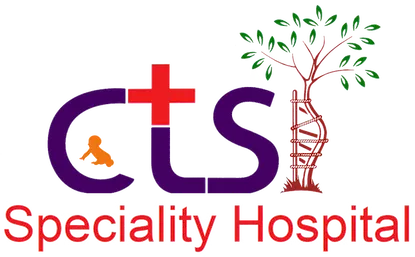Understanding Foot and Ankle Conditions
This section introduces common foot and ankle conditions that may require surgery, such as bunions, hammertoes, plantar fasciitis, Achilles tendonitis, ankle instability, and fractures. It explains the causes, symptoms, and functional limitations associated with these conditions, highlighting the impact they can have on an individual’s daily life. It emphasizes the importance of early intervention and non-surgical treatments before considering foot and ankle surgery in Chennai.
Causes of Foot and Ankle Pain
Foot and ankle pain in Chennai can stem from various causes, including injuries, sprains, fractures, arthritis, overuse, and medical conditions like plantar fasciitis. Foot and ankle surgery in Chennai offers solutions for severe cases, addressing issues such as deformities, chronic pain, and injuries, often leading to improved mobility, reduced discomfort, and enhanced quality of life for patients.
Indications and Evaluation for Foot and Ankle Surgery
Here, the focus is on the indications for foot and ankle surgery in Chennai and the factors considered during the evaluation process. It discusses the severity of pain, functional limitations, imaging tests (e.g., X-rays, MRI scans), failed conservative treatments, and the impact of foot and ankle conditions on daily activities.
Additionally, the Orthopedic doctor in Chennai addresses the importance of a comprehensive medical assessment, including the patient’s overall health, lifestyle factors, and their ability to participate in postoperative rehabilitation.
Common Foot and Ankle Surgical Procedures
Common foot and ankle surgical procedures address various conditions to restore function and relieve pain. Some of the frequently performed surgeries include:
- Bunionectomy: Removal of bunions to correct deformities and relieve pain.
- Ankle Arthroscopy: Minimally invasive procedure to diagnose and treat joint issues.
- Achilles Tendon Repair: Surgical repair of a torn or ruptured Achilles tendon.
- Plantar Fascia Release: Treatment for chronic plantar fasciitis by cutting the ligament.
- Fusion Surgery: Joining bones in the foot or ankle to alleviate arthritis pain.
- Fracture Repair: Surgical fixation of broken bones in the foot or ankle using screws, plates, or pins.
These procedures aim to improve mobility and quality of life for patients.
Benefits and Risks of Foot and Ankle Surgery in Chennai
Foot and ankle surgery offers potential benefits for individuals suffering from debilitating conditions. This section explores the advantages, including pain relief, improved foot and ankle function, enhanced stability, and the ability to engage in activities without limitation.
The foot and ankle specialist in Chennai also addresses the potential risks and complications associated with foot and ankle surgery, such as infection, bleeding, nerve damage, stiffness, and the possibility of unsuccessful outcomes. Understanding these risks allows individuals to make informed decisions and actively participate in their recovery process.
Recovery and rehabilitation play a crucial role in the success of foot and ankle surgery in Chennai. This section outlines the postoperative care, pain management strategies, and rehabilitation exercises involved in the recovery process. It emphasizes the importance of following postoperative guidelines, attending physical therapy sessions, and gradually resuming activities under medical supervision. It also provides insights into the expected recovery timeline and offers tips for optimizing the healing process, including foot and ankle exercises, proper footwear, and the use of assistive devices if needed.

